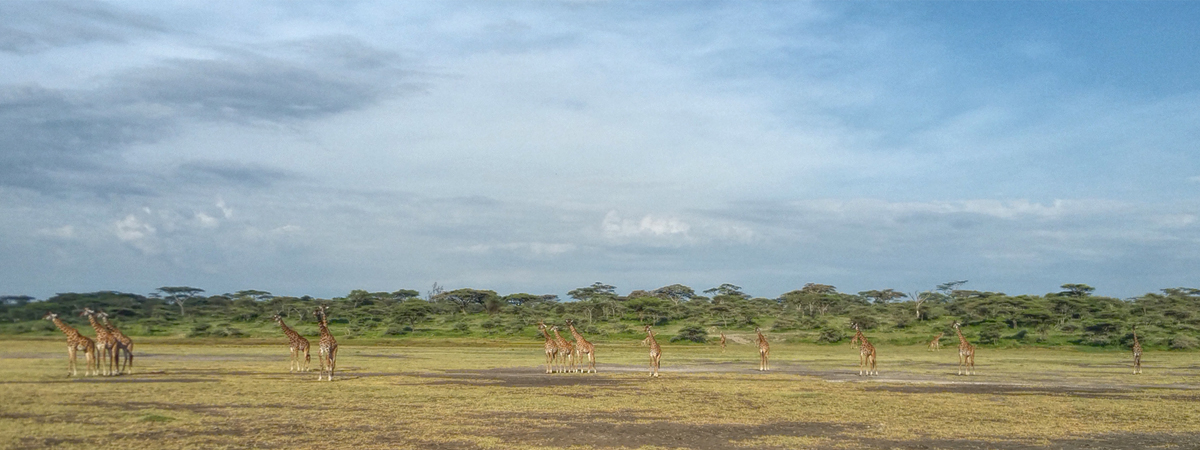OK, the first thing to say is that there’s no rocket science here, this is pretty basic stuff. BUT, if you can get the basics right it makes the complicated stuff much easier.
Of course the best way of keeping your camera steady is to use a tripod but there are some occasions when that is simply not practical. One of these is when you are in a safari vehicle.
Though they are great for getting you close to the wildlife, they are not always the photographer’s best friend when it comes to providing a steady platform from which to take photographs. So it pays to learn how to give yourself the best possible chance of getting crisp, sharply focussed pictures.
The Basics
Shutter Speed
Make sure you use the right shutter speed. The rule of thumb is that your shutter speed should be a higher number than your focal length. I know, that doesn’t really make sense as you don’t measure the two things in the same way, but what it means is that if you are using a 300mm lens then your shutter speed should be at least 1/300s, ideally faster. If you’ve got a 300mm lens and you try to take photos without any additional support at 1/60s or 1/125s you will almost certainly get camera shake, which will cause blurred photographs.
If the light is poor and you notice that your shutter speed is being forced lower and lower then increase the ISO setting. You may well see more noise (graininess) in your photographs but this can usually be repaired in post processing. If your photo is blurred, there is not much you can do to rescue it.
Image Stabilisation / Vibration Reduction (VR)
Most of the better quality telephoto and zoom lenses now have a feature which assists with reducing camera shake or vibration. Use it if you have it.
Zoom Lens
With a zoom lens there is a huge temptation to zoom in as close as you can. Sometimes this is OK, but the longer the focal length you use the more susceptible you will be to camera shake. It is often better to use a shorter focal length and make sure that you are able to take a sharp photograph.
Yes your subject will not fill the frame as well, but with a sharp original you have the option of cropping. You’ll get a much better result by cropping a good sharp original than you ever will from a blurred original.
You’ll also find that it will give you a lot more flexibility when it comes to deciding on the composition for your final output.
Grip and Breathing
For most of us it is not possible to hold a camera steady for long periods of time, especially with a long lens attached. Your muscles naturally tire and you start to shake. Give yourself a break, let yourself relax, then raise the camera again.
The same applies to your breathing. Some people think that they need to hold their breath when trying to keep their camera steady. In my experience that is likely to have the opposite effect.
Take a deep breath and then release it. You’ll find yourself far more relaxed after you’ve breathed out.
If you are sitting watching the same subject for an extended period of time get into the habit of relaxing before you shoot. As you bring the camera to your eye, practice taking a breath and releasing it before you focus and shoot.
Supports
As already mentioned, a tripod isn’t a very practical accessory to use in the confines of a vehicle; but there are other devices you can use.
One of the most popular is a bean bag that you can place on something solid and then rest your camera/lens on top. A lot of safari operators now provide bean bags in their game drive vehicles.
If you haven’t got a bean bag a rolled up towel will do; just keep it rolled tight.
A monopod can also be useful if you have room to use it. In open sided game vehicles I’ve found a monpod works especially well even while you are seated.
I’ve seen people try to use clamps which fix onto the vehicle but I don’t think these work particularly well. They do not allow you a full range of movement but more of a problem is that, because they are clamped to the vehicle, whenever someone moving around makes the vehicle shake, your mount shakes too.
Patience
Wait until you can hold the camera steady before you take your shot. It sounds obvious, but I’m constantly surprised by the number of people who think they will get a sharp photo whilst the vehicle is still moving.
Similarly, wait until anyone else in the vehicle with you has stopped moving around.
If you’re worried about missing the shot it doesn’t hurt to fire of a couple of quick frames at the start, just to make sure you get something. But then concentrate on getting the best picture you can, not as many as you can.
Practice
You won’t easily be able to replicate the same conditions as you’ll experience in a game drive vehicle, but with a bit of practice you’ll find you can greatly improve your ability to hold the camera steady. You’ll make life much much harder for yourself if you wait until you are on safari to get out your camera and get familiar with it.
Birds or household pets playing in the garden are not as easy to capture as you’d think.

